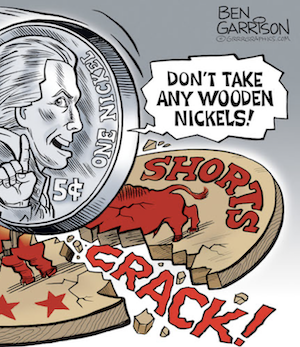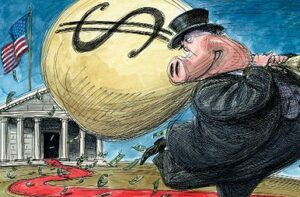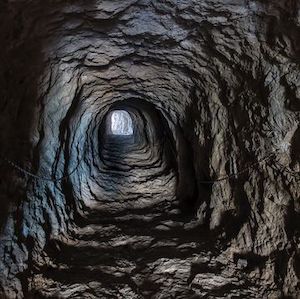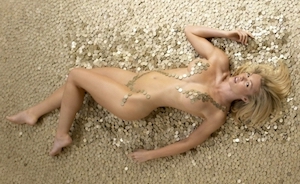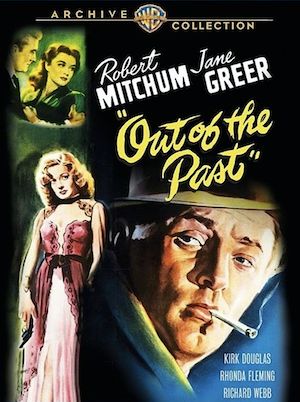Filthy Lucre: Cash Poses MAJOR Bio Hazard
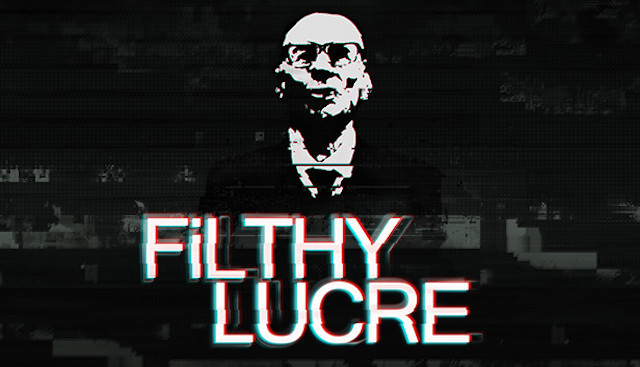 The magazine was DISCOVER, October 1998.
The magazine was DISCOVER, October 1998.
The entire magazine was devoted to the scientific study of money including a historical, and anthropological view.
The particular article I mentioned earlier is entitled, “Filthy Lucre“.
Apparently the Japanese, according to this article anyway, are well aware of the fact that currency is an effective vector for bacteria as one can go to what is referred to as a “Clean ATM”, and have ones Yen pressed for 1/10th of a second at 392 degrees. Apparently HITACHI manufactures this clean ATM, and it is rather popular in Japan, according to Terry Kubo, a Hitachi spokesperson, “because Japanese are extremely clean individuals”.
This particular article cites many different studies conducted scientifically to assess the amount of bacteria, and its prevalence on currency. Mr. Reichert, the results are scary.
On page 78, Discover documents a study that they did on two $20 bills, one $1 bill, and a quarter. All were wiped across a petrie dish containing an agar base, and all produced positive results within 24 hours. The following types of bacteria were identified in the Discover study. Staphylococci, micrococci, diptheroids, and propriobacteria.
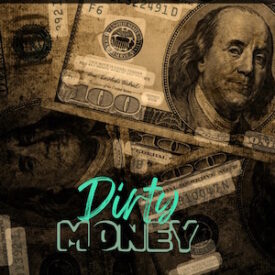 The article then cites a study conducted in 1972 by the Journal of the American Medical Association, in 1972 (Month, issue etc. unspecified). This study cultured 200 bills, and coins and found disturbingly Staphylococcus Aureus, a pathogenic bacteria on 13% of coins, and 42% of bills tested. Also noted was some E-Coli.
The article then cites a study conducted in 1972 by the Journal of the American Medical Association, in 1972 (Month, issue etc. unspecified). This study cultured 200 bills, and coins and found disturbingly Staphylococcus Aureus, a pathogenic bacteria on 13% of coins, and 42% of bills tested. Also noted was some E-Coli.
In 1997, another study was conducted by another journal, Infections in Medicine. This study concluded that 3% of coins, and 11% of the bills tested were positive for bacteria.
In 1998, another study was conducted by the University of California at San Francisco. 113 examples of “Real Life”, cash were cultured. The study states that most of the bills grew “harmless bacteria” but 18% of coins, and 7% of bills manifested pathogenic bacteria, including E-Coli, and Staph Aureus. Shirley Lowe, a microbiologist credited with conducting the study on behalf of the University stated that “half the money”, she obtained from a doughnut shop grew Staphylococcus Aureus (Unfortunately it was not specified, but implied that all the bills grew some bacteria, just not pathogenic types). Lowe states, “Anything that can get on hands can get on money”.
I think the gist of the article, Filthy Lucre is that money, especially currency with its 75% cotton, 25% linen mix is a more than effective vector for bacteria. Mentioned in the article was the fact that bacteria can’t live on the dry acidic surface of money forever, as it requires a moist warm environment to grow, albeit, that is not the case for Anthrax. ß- my point.
The article Filthy Lucre goes on to mention that a study conducted at the Houston Advanced Research Center in Texas found that 70-80% of all currency had trace amounts of cocaine hydrochloride on them. In older bills that had been in circulation for some time, 90% had cocaine traces.
The Journal of Forensic Sciences conducted a study in May 1998, that concluded that more than 93% of all bills tested had trace amounts of cocaine hydrochloride present.
In 1997 Tom Jourdan, chief of the materials and devices unit at the FBI lab in Washington D.C. found that 90% of his bills tested positive for cocaine. There goes the theory of ignorance; this is where it gets real interesting.
Tom Jourdan states that it is his belief that, “mechanical currency counters are homogenizing money”. According to Jourdan, “one contaminated bill brushed through the counting machine at the bank can contaminate the entire stack”.
The last paragraph in the article Filthy Lucre states exactly, “So money isn’t exactly squeaky clean. But it isn’t exactly going to do us in either. If there’s a lesson here, It’s that money reflects whatever activity, and mischief, that human hands get up to-and the activity and occasional mischief of all the microscopic organisms along for the ride on our skin”.

But it shouldn’t be confused with Fine Wine!
That paragraph may be more prophetic than can be imagined. The article clearly indicates that bacteria can travel on money, and at least a single bill contaminated with cocaine can contaminate the entire stack in a bank counting machine.
The FBI is aware of the fact that bank counting machines contribute to the contamination of most of our currency here in the US with cocaine. Can we conclude that they know about the possibilities associated with bacterium?
I think so.
I am still looking into comparisons of size at it relates to cocaine hydrochloride particulate and anthrax spores. Currently it is my guess, and only a guess that there isn’t a significant difference, but I will let you know as soon as I find out.
Note: The above was published in the second edition of the original Federal Observer sometime in early 2002. Health or money – it doesn’t really matter – it is ALL Filthy Lucre! Ahhhh – the old stories never wear out… Editor



